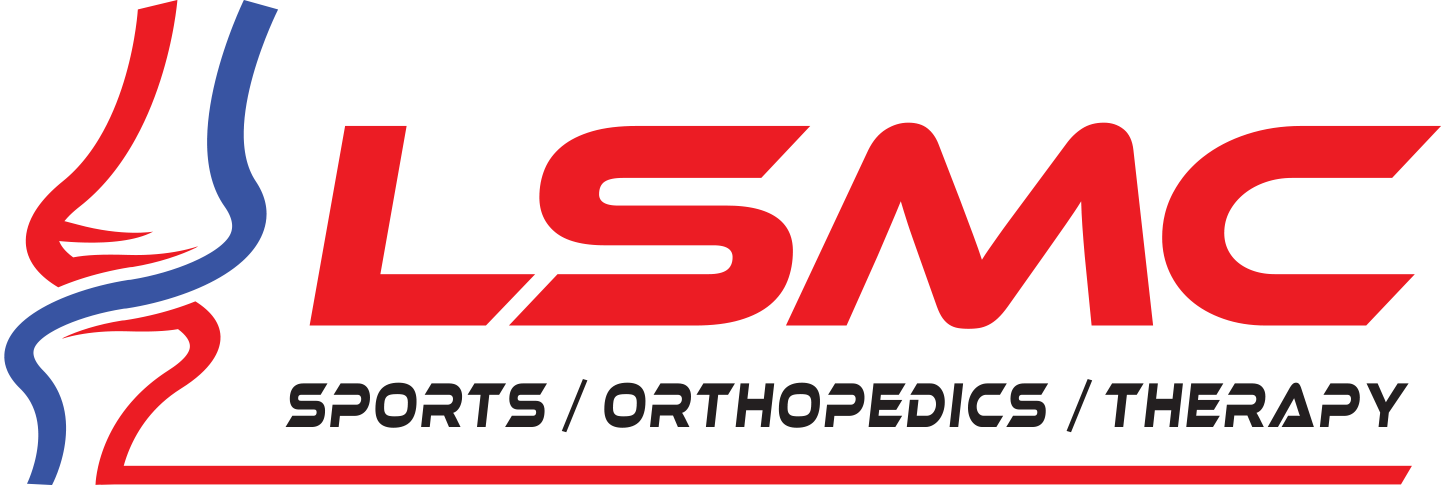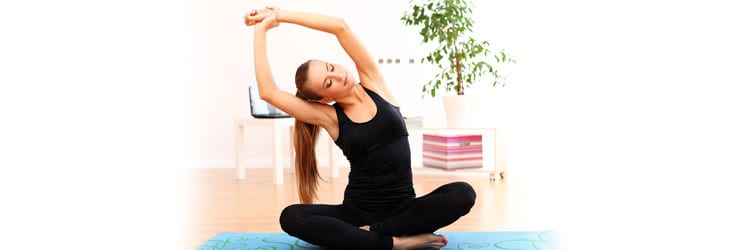“One day, all Americans will be physically active, and they will live, work and play in environments that encourage and support regular physical activity.”
No doubt, that’s a lofty goal. But it’s not impossible – or so bet numerous government and health organizations when they first introduced the U.S. National Physical Activity Plan in 2010 and then updated it just last month.
While achieving their vision will involve synergistic and ongoing contributions from policymakers, physicians, health and fitness professionals and countless other parties, you can also help make the dream a reality by making simple lifestyle changes. Here are seven great places to start:
1. Get active on the job.
Be creative in finding ways to move more at work. Try, for example, conducting walking meetings or taking advantage of structured workplace wellness programs run by qualified health and fitness professionals. If these opportunities don’t exist where you work, talk to your boss about ways to move more during your workday.
2. Get outside.
Take advantage of free elements of your environment, such as parks, walking paths and even the local mall. While safety can be an issue in many communities, it’s important to use your leisure time and recreational pursuits to add more movement to your life whenever possible. Rest assured, policymakers involved with the U.S. National Physical Activity Plan are working toward improving access and enhancing safety in these areas.
3. Support school-based movement.
Approximately 25 percent of the U.S. population spends much of their days in educational settings, including 50 million kids in K-12 programs. Combine these statistics with the fact that only Oregon and the District of Columbia currently meet national physical education recommendations for elementary and middle school students and it’s easy to see why we’re facing a childhood obesity epidemic.
School-based personnel, including teachers, administrators and other staff, as well as decision-makers and policy leaders, can affect the amount, type and quality of physical education. But you can use these facts to address your local school board or to petition for the creation of before- or after-school physical activity programs. In the meantime, if it’s safe, consider walking your young children to and from school or encouraging older kids to walk or bike in groups.
4. Merge faith and fitness.
Mp>Faith-based settings typically value volunteerism, community-building and outreach. Use that spirit in your place of worship to create opportunities for physical activity by forming partnerships with like-minded local organizations or businesses. Or, to keep things simple, start walking groups and fitness clubs with your fellow worshippers. Camaraderie and a sense of belonging are essential to long-term exercise adherence, so it makes sense to take advantage of these built-in aspects of faith-based settings.
5. Talk to your doctor.
Physical activity plays a huge role in overall health and disease prevention. If you’re one of the millions of Americans who’s been told by your doctor that you should lose weight or be more active, ask him or her questions about how exactly you can do that. Perhaps, your doctor can direct you to physical activity resources in your community or to a qualified fitness professional on the U.S. Registry of Exercise Professionals. Physical activity is the ultimate form of “preventive medicine,” so the importance of making these connections cannot be overstated.
6. Embrace sports.
Joining a sports team or club won’t only make you fitter, but it can also instill discipline and dedication, improve your mental health and reduce stress – benefits that hold true for children and adults alike. The key is to find something that you and your kids enjoy. Then, go have fun.
7. Use your body for transportation.
Walk, bike, hike or play wherever and whenever it’s possible and safe to do so. Also, think about how many short trips you might take each week – say, driving your kids to school, picking up one or two items at the grocery store or visiting a friend’s house. Turn these trips into opportunities for active transportation.
While policymakers are working on top-down changes to improve access to physical activity society-wide, you can start by making changes in your own life. You don’t have to become an elite athlete; The U.S. National Physical Activity Plan focuses on “physical activity” as opposed to “exercise” because the latter can feel too structured and daunting while former is simply about moving more in your daily life. The plan reminds us of how many opportunities we have to do just that – at home, work, school and everywhere in between.









